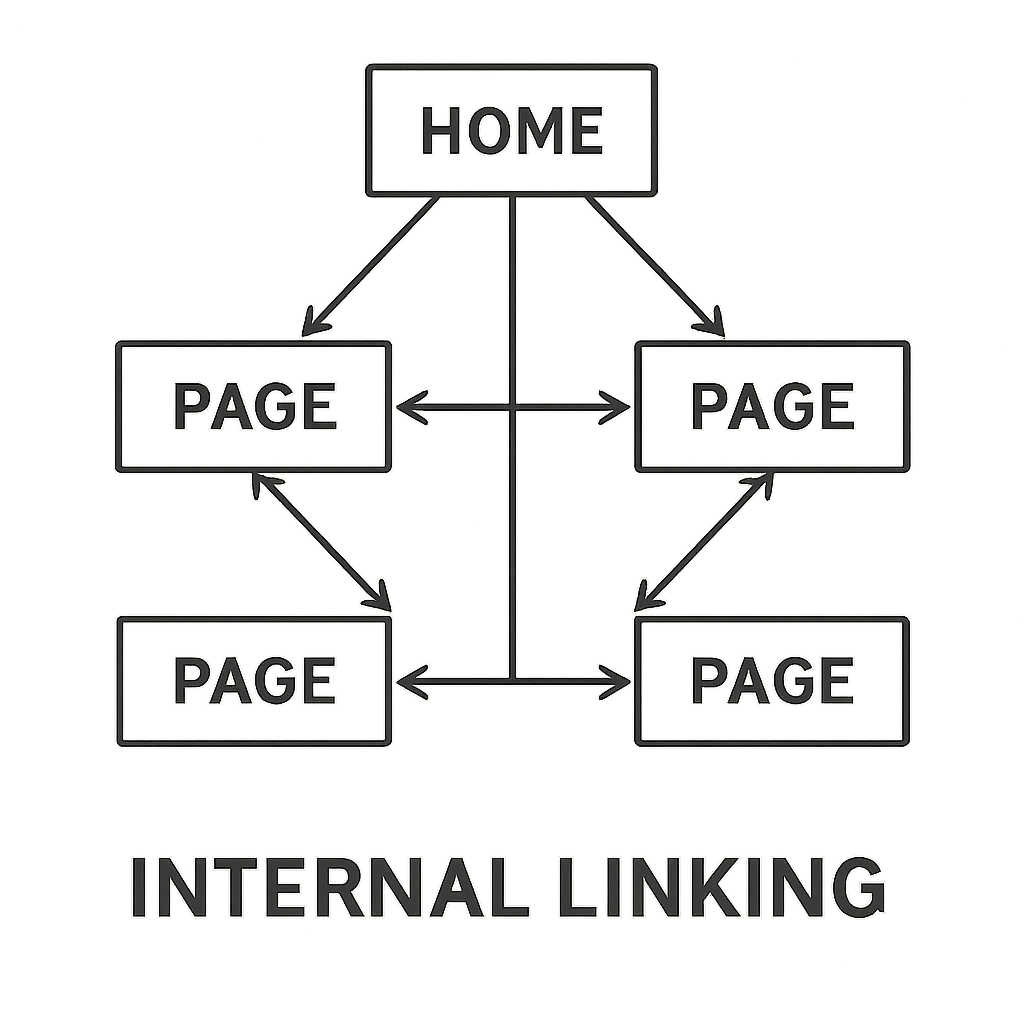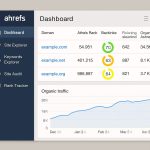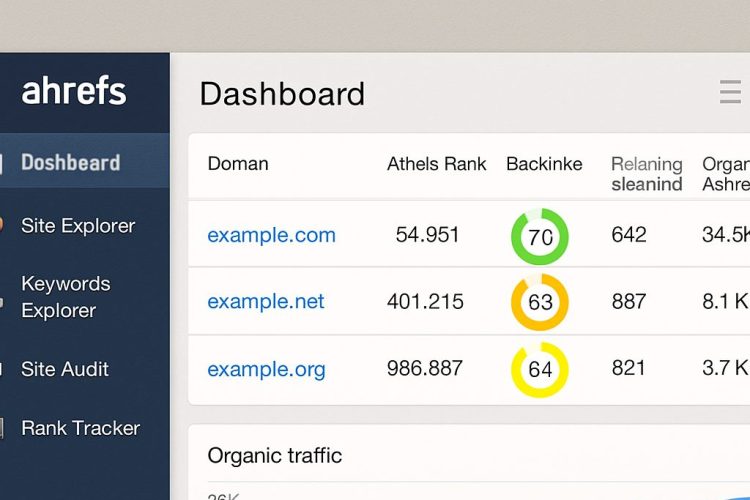
How To Find Internal Links to a Page
Internal link building is a powerful tool in the SEO toolkit. It enhances website navigation and boosts user experience.
By connecting related content, internal links help distribute page authority across your site. This can improve your search engine rankings.
Effective internal linking also aids search engines in crawling your site more efficiently. It establishes a clear hierarchy of information.
Moreover, internal links can increase the time users spend on your site. They guide visitors to relevant content, reducing bounce rates.
In this guide, we’ll explore the benefits and strategies of internal link building for SEO success.
What Is Internal Link Building?
Internal link building involves linking one page on your website to another. This creates a connection between different pieces of content.
These links help users navigate your site and find relevant information quickly. They are crucial for organizing your website’s structure.
Key elements of internal link building include:
- Descriptive anchor text
- Strategic placement
- Relevance to linked content
Effective internal link building enhances SEO by making it easy for search engines to index your pages. This ensures your content reaches a wider audience.

Why Internal Link Building Matters for SEO
Internal link building is vital for SEO success. It helps search engines understand your site’s content structure.
With good internal links, search engines can easily crawl and index your pages. This leads to improved search visibility.
Internal links also distribute page authority across your site. They can boost the ranking power of less prominent pages.
Consider these benefits of internal linking for SEO:
- Improved site navigation
- Enhanced user experience
- Better indexing and ranking
Finally, a well-linked site can guide users through a conversion funnel. It increases engagement by directing them to related topics.

Key Benefits of Effective Internal Link Building
Effective internal link building offers numerous benefits for websites. It significantly enhances user experience by guiding visitors to relevant content. This increases the time users spend on your site.
Internal links establish a clear information hierarchy. They enable search engines to comprehend the importance of your pages. This aids in prioritizing your content in search results.
An effective internal linking strategy improves site crawlability. It helps search engines discover new content swiftly and efficiently. This ensures your entire site gets indexed properly.
Key advantages of strong internal linking include:
- Increased page authority distribution
- Lower bounce rates
- Enhanced crawlability
Furthermore, internal links support content marketing by promoting cornerstone content. They keep users engaged, potentially leading to higher conversion rates.
Overall, effective internal link building strengthens site architecture and boosts SEO performance.

How to Find Internal Links to a Page
Finding internal links to a specific page is essential for optimizing your link strategy. Start by using tools such as Google Search Console. These tools provide insights into how your pages are linked internally.
You can also employ specific internal link building tools. These tools analyze your website’s structure, revealing links to each page. This ensures you have a comprehensive view of your internal linking setup.
For a simple approach, manually check your website. Look for links pointing to the target page. Use the following methods:
- Google Search Console for link analysis
- Specialized internal link analysis tools
- Manual link checking for precision
Locating these links allows you to optimize them for better SEO results. Make adjustments to strengthen your internal link building strategy.

Building a Strong Internal Link Building Strategy
Creating an effective internal link building strategy is key for SEO success. Start by identifying high-value pages. These should be linked from various parts of your website to pass on link equity.
Next, use descriptive anchor texts. This gives search engines and users context about the linked page. Ensure that the anchor text is relevant to the content it links to.
Regularly audit your internal links. This helps detect broken links and ensures all links enhance the user experience. Consistent reviews keep your strategy aligned with your SEO goals.
Consider these steps in your strategy:
- Identify key pages for linking
- Use relevant anchor text
- Regularly audit links for effectiveness
A well-planned strategy enhances navigation and SEO performance.

Best Practices to Optimize Internal Links
Optimizing internal links is crucial for effective SEO. First, ensure that your links are placed naturally within the content. This improves user experience and search engine understanding.
Avoid linking excessively on a single page. Too many links can dilute their value and confuse readers. Focus on quality, not quantity, to provide a clear navigational path.
Integrate internal links into your content strategy. Highlight cornerstone content and guide users through related topics. This helps in ranking for long-tail keywords and enhances user engagement.
Here are some best practices:
- Place links naturally
- Limit links per page
- Highlight cornerstone content
By following these tips, you create a seamless user journey. This approach supports both SEO and user satisfaction.

Top Internal Link Building Tools and Plugins
Using the right tools can streamline internal link building. These tools identify link opportunities and automate placement, boosting efficiency.
Several plugins help with internal linking on WordPress sites. They simplify the process, ensuring your site remains SEO-friendly.
Consider these popular tools and plugins:
- Yoast SEO
- Link Whisper
- SEMrush Link Building Tool
These resources offer insight and automation. They aid in creating a robust link network, enhancing site performance.

Common Internal Linking Mistakes to Avoid
Avoiding common mistakes in internal link building can significantly boost SEO efforts. Overloading pages with links can dilute effectiveness. Ensure each link serves a purpose.
Here are a few pitfalls to steer clear of:
- Using irrelevant anchor text
- Linking to low-quality pages
- Neglecting mobile accessibility
By sidestepping these errors, you enhance user experience and SEO performance.

Internal Linking Tips for Ongoing SEO Success
Consistent internal linking can sustain your website’s SEO health. Regularly update your links to ensure relevance. This keeps user engagement high.
Consider the following tips for long-term success:
- Monitor link performance with analytics
- Highlight new content with existing links
- Regularly audit for broken links
Adapt your internal linking strategy as your content grows. This helps maintain a coherent site structure. By following these tips, your website remains optimized and user-friendly.
Conclusion: The Lasting Value of Internal Link Building
Internal link building is more than just a technical strategy. It enriches user experience and boosts your website’s SEO performance. A robust internal linking framework creates a seamless journey for both users and search engines.
As your content evolves, so should your internal linking approach. Regular updates ensure you’re capitalizing on its full potential. Investing time in effective internal linking yields significant long-term benefits. Ultimately, it aids in achieving higher search rankings and increased traffic, solidifying your website’s authority.


